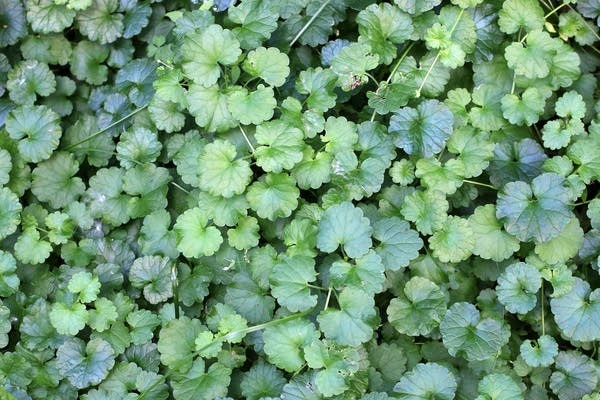Creeping Charlie: What it is, how to get rid of it

Creeping Charlie (glechoma hederacea) is a perennial creeping ivy that invades yards and takes over. It is difficult to eradicate.
Regina McCombs/MPR News
Go Deeper.
Create an account or log in to save stories.
Like this?
Thanks for liking this story! We have added it to a list of your favorite stories.


